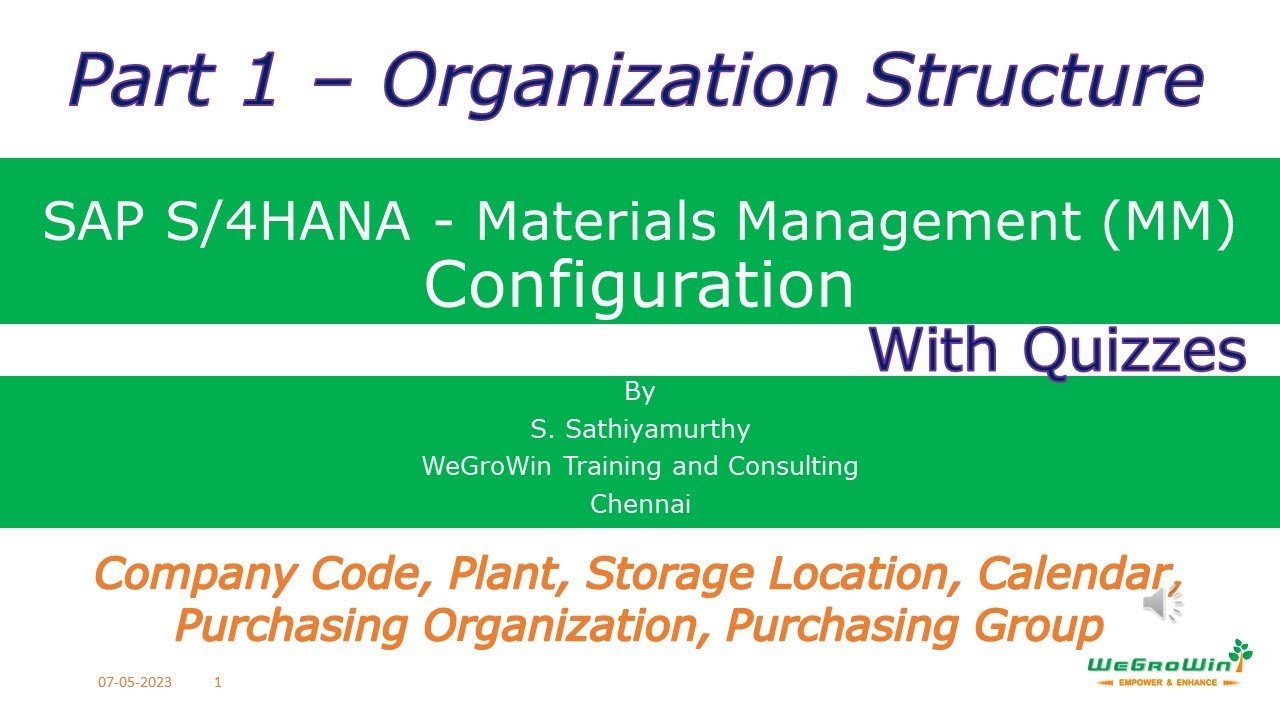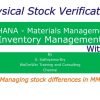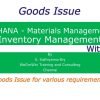This video explains the configuration of the MM (Materials Management) organization structure in SAP, focusing on parameters like company code, plant, storage location, calendar, purchasing organization, and purchasing group. The key points discussed in the video are:
- Company Code: The smallest organizational unit for which independent accounting can be performed. It’s usually part of the configuration of financials but MM consultants and users need to understand the financial integration with MM.
- Factory Calendar: For all planning and scheduling purposes, calendars are required. The sequence of creation of calendars is first the national holidays are defined, then individual holidays specific to the region or country, then the factory calendar is defined and these holiday calendars are assigned to the factory calendar.
- Plant: An organizational unit within logistics that organizes tasks for production logistics. It can be a physical production site or a logical grouping of several sites where materials are produced or services are provided.
- Storage Location: A place where stock is physically kept within the plant. At least one storage location will always be defined for a plant. It allows differentiation of material stocks within a plant.
- Purchasing Organization: Responsible for a company’s purchasing requirements. It can be incorporated into the company structure by assigning the purchasing organization to a company code or to plants. This means purchasing can be organized centrally or decentralized in the company.
- Purchasing Group: Defined as a person or group of persons responsible for procurement activities.



























































